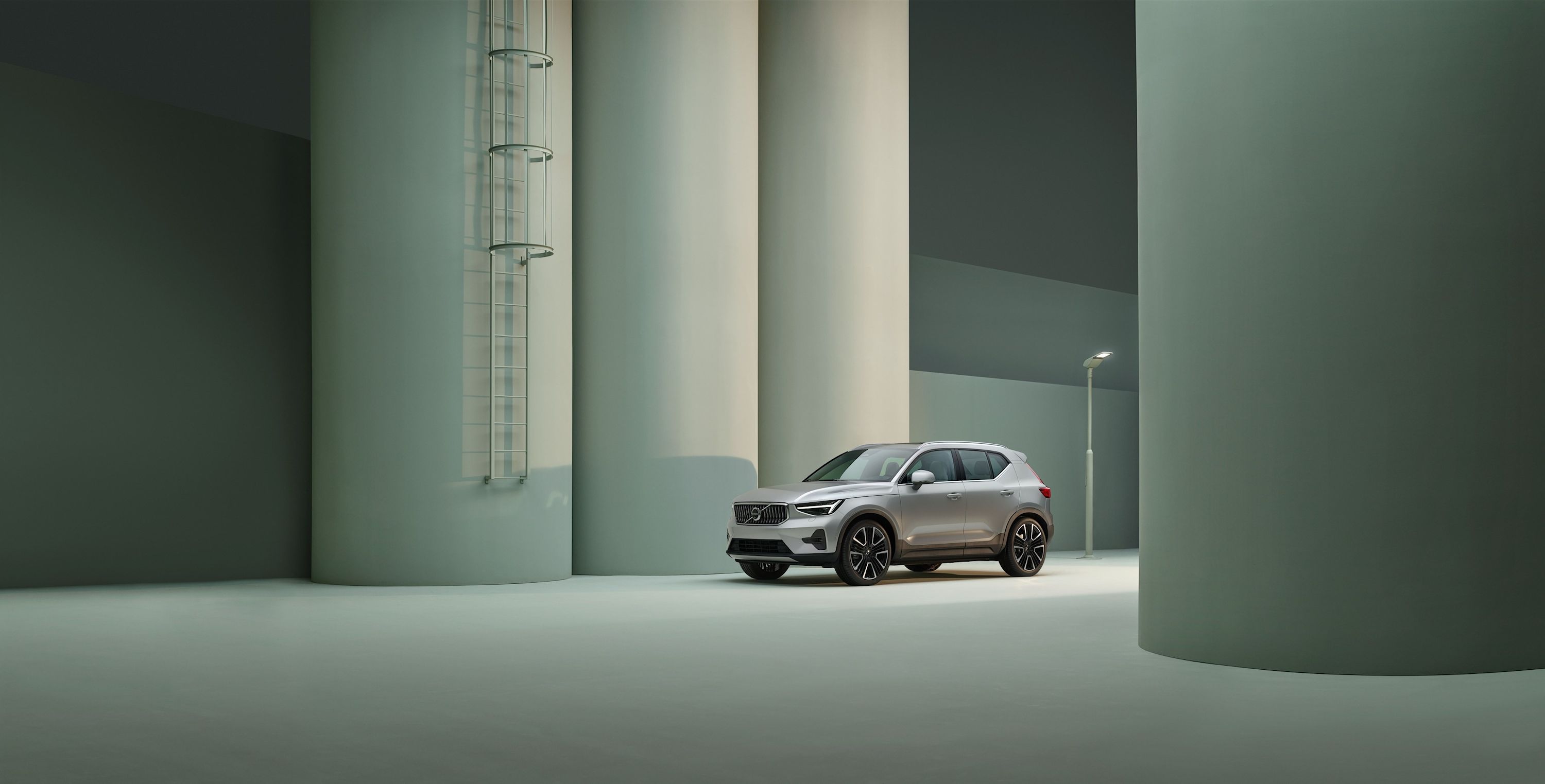
The Insurance Institute for Highway Safety (IIHS) has revised its moderate overlap front evaluation to include rear occupant protection, and only two of the 15 small SUVs it tested received top scores in the latest tests.
The Ford Escape and Volvo XC40 both gained a rating of "good," leaving rivals - popular SUVs purchased by families across the country - trailing in their wake. So, why has the IIHS decided to update its testing? It's simple: the rear seats are often occupied by vulnerable passengers, namely children and the elderly.
"Thanks to automakers' improvements, drivers in most vehicles are nearly 50% less likely to be killed in a frontal crash today than they were 25 years ago," explains IIHS president David Harkey. "Our updated test is a challenge to manufacturers to bring those same benefits to the back seat. The stellar performance of the Escape and XC40 shows it's possible."
Before we look at the ratings, it's important to understand the reason for this updated test.
When the IIHS first implemented the moderate overlap front evaluation in 1995, all vehicles either received "poor" or "marginal" ratings. At this time, front passengers were at greater risk of death or injury due to collapsing occupant cells. Since then, automotive safety has improved to the point where passenger compartments barely deform.
This has caused the IIHS to look at rear passenger safety. According to a recent study by the agency, real-world crashes show that rear-seat passengers are more likely to sustain severe injuries than those in the front. This is because automakers often fit advanced seatbelts (crash tensioners, etc) and airbag systems to the front but neglect the rear.
According to the IIHS, in vehicles built from MY2007, belted occupants at the rear are 46% more likely to receive fatal injuries than those in the rear.
When you consider that infants, young children, and the elderly are often transported in the back seat, it highlights the importance of this test.
To achieve a "good" rating, the second-row dummy "must not exceed the limits indicating excessive risk of injury to the head, neck, chest, abdomen or thigh." What's more, the seatbelt must prevent the dummy from coming too close to the front seatback and should prevent submarining (sliding beneath the lap belt).
As mentioned, just two vehicles received a "good" rating, while the Toyota RAV4 was the only model to achieve an "acceptable" rating. The Audi Q3, Nissan Rogue, and Subaru Forester - normally a leader in the safety field - are rated "marginal."
Astonishingly, nine vehicles - the Buick Encore, Chevrolet Equinox, Honda CR-V, Honda HR-V, Hyundai Tucson, Jeep Compass, Jeep Renegade, Mazda CX-5, and Mitsubishi Eclipse Cross - received a "poor" rating.
In the Encore, Eclipse Cross, and Tucson, the initial impact forced the rear passenger dummy's head to end up between the window and side curtain airbag. In the Renegade, the dummy's head made "hard contact" with the C-pillar. The crash dummies in the rear of the Mazda CX-5 and Honda HR-V were subjected to seatbelt submarining, which increases the chance of abdominal injuries.
Elsewhere, the dummies in the Tucson, Encore, and Eclipse Cross came close to making contact with the front seatback, which greatly increases the risk of head and neck injuries. "In real-world crashes, chest injuries are the most common serious rear-seat injuries for adults, so that's a key focus," said Research Engineer Sushant Jagtap.
The IIHS is committed to keeping Americans safer and is adapting to the ever-changing automotive landscape. As large electric vehicles continue to pervade the fabric of our roads, the safety-minded agency is preparing its testing system for heavy battery-powered trucks like the GMC Hummer EV.
